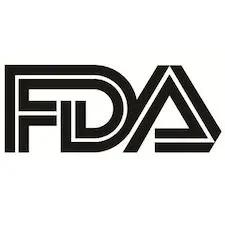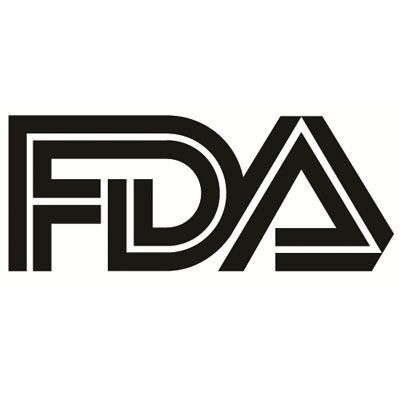News
Article
Garadacimab Long-Term Prophylaxis Well-Tolerated for HAE
Author(s):
Key Takeaways
- Garadacimab via autoinjector/pre-filled pen is effective and well-tolerated for long-term HAE prophylaxis, with a low mean monthly attack rate.
- Most treatment-emergent adverse events were mild or moderate, with no serious events related to garadacimab, and no discontinuations.
Participants in a phase 3 OLE had a mean monthly attack rate of 0.08.
Philip Li, MD
Credit: The University of Hong Kong

Garadacimab administered via autoinjector/pre-filled pen (AI/PFP) was well-tolerated as a long-term prophylaxis strategy in people with hereditary angioedema (HAE).1
These findings, from an ongoing Phase 3 open-label extension study (OLE; NCT04739059) will be presented at the 2025 American Academy of Allergy, Asthma, and Immunology (AAAAI)/World Allergy Organization (WAO) Joint Congress, February 28-March 3, in San Diego, California, by Philip Li, MD, Chief of Rheumatology & Clinical Immunology and Clinical Assistant Professor at The University of Hong Kong.
“Garadacimab (anti-activated factor XII antibody) administered subcutaneously (SC) once-monthly via pre-filled syringe with needle-safety device (PFS/NSD) demonstrated durable protection against HAE attacks with favorable long-term safety/tolerability profiles across clinical studies. Administration via AI/PFP may offer increased convenience. We report efficacy and safety in patients with HAE receiving garadacimab as long-term prophylaxis via AI/PFP from the ongoing Phase 3 OLE,” Li and colleagues wrote.1
The OLD included participants in the phase 3 study who received garadacimab 200 mg subcutaneously once a month via PFS/NSD for at least 12 months who transitioned to garadacimab administration via AI/PFP. These data are from post hoc efficacy and safety analyses for garadacimab administration via AI/PFP after transitioning from PFS/NSD through the data cutoff date of July 9, 2024.
The investigators analyzed data from 136 participants who received garadacimab via AI/PFP for a median of 9.4 months (range, 2.7–12.6) for a total exposure of 104.3 patient years). Most participants (95%; n = 129) patients were treated for at least 6 months. Li and colleagues found that the mean monthly attack rate was 0.08 (standard deviation, 0.25).1
In terms of safety, 58 (43%) patients experienced at least 1 treatment-emergent adverse event (TEAE), for a total of173 TEAEs. Of these, 6 TEAEs in 3 patients (2%) were related to garadacimab injection-site reactions and were mild in severity. Most TEAEs were mild or moderate (n = 166; 96%), although there were 3 serious AEs unrelated to garadacimab; these were 1 each of food allergy, fractured fingers, and fractured skull. Investigators did not observe any AEs of special interest per protocol (thromboembolic abnormal bleeding events or severe hypersensitivity/anaphylaxis) and no AEs led to death or discontinuation.1
Other research on HAE being presented at the AAAAI/WAO Joint Congress found that navenibart seems to reduce patients’ disease burden), as measured by HAE attack frequency, severity, and use of rescue medication.2
Primary investigator Joshua Jacobs, MD, Medical Director of Allergy and Asthma Clinical Research, Allergy and Asthma Medical Group, and colleagues found that at the 3-month mark after initiating navenibart treatment, with data from 14 evaluable participants, the baseline monthly rates of 0.95 for mild, 1.25 for moderate, and 0.11 for severe HAE attacks were reduced to 0.13 for mild, 0.05 for moderate, and 0.00 for severe attacks. At the 6-month mark, with data from 7 evaluable participants, baseline monthly rates of 0.45 for mild, 1.54 for moderate, and 0.14 for severe attacks were reduced to 0.10 for mild, 0.08 for moderate, and 0.00 for severe attacks.2
The investigators also found that in evaluable participants at 3 months, the mean rate of HAE attacks per month requiring rescue medication were reduced from 1.86 to 0.16 and from 1.32 to 0.10 at 6 months after navenibart treatment. There were no serious treatment emergent adverse events or discontinuations.2
REFERENCES
Li P, Katelaris C, Reshef A, et al. Efficacy And Safety of Garadacimab Via Autoinjector/Pre-Filled Pen For Hereditary Angioedema Long-Term Prophylaxis – Interim Results From A Phase 3 Open-Label Extension Study. Presented at: 2025 AAAAI/WAO Joint Congress, February 28-March 3. Abstract 638.
Jacobs J, Adatia A, Craig T, et al. Treatment with Navenibart (STAR-0215) Reduces Attack Severity and Use of Rescue Medication in Patients with Hereditary Angioedema (HAE): Interim Results from the ALPHA-STAR Trial. Presented at: 2025 AAAAI/WAO Joint Congress, February 28-March 3. Abstract 196.





